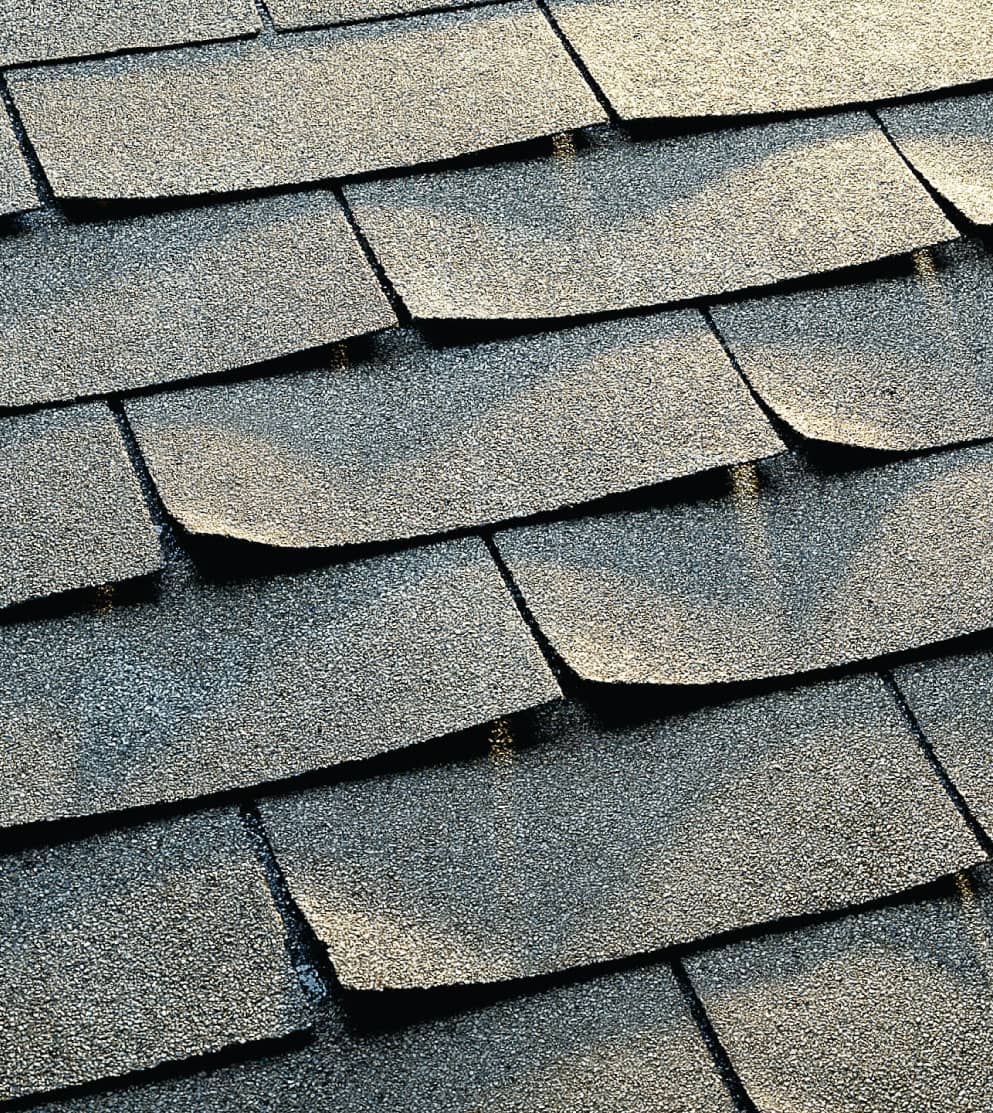Contents
Guide
DIY ROOFING
Shingles Shakes Tile Rubber Metal PLUS Roof Repair


Introduction
T here is a comforting sense of security in having a solid, reliable roof over your head. Its what separates a well-built home from lesser structures and more uncomfortable residences. But roofs, and their components, dont last forever. The roof on a house is a complex construction with many points that can fail and potentially compromise the entire structure. Thats why understanding how a roof is put togetherincluding the essential role that flashing, gutters, and ventilation elements playis so important. Whether youre putting on a new roof or just fixing a small problem so that it doesnt become a bigger issue, BLACK+DECKER DIY Roofing will help you build the skills you need and get the job done with the bare minimum of effort and expense.
Every roof shares a very basic purpose: to protect the rest of the homes structure and the occupants within it from the elements. But beyond that, any given roof can be very different from the surface on top of a neighbors house. To start with, there is an amazing diversity of roofing materials. The options range from asphalt to clay to rubber and beyond. Each comes with its own benefits and down sides, but there is usually one roofing material that is ideal for your home and your budget. That choice has to take into account economics, longevity, local codes, the architectural style of your home, and your own aesthetic preferences. Suffice it to say, if youre thinking about replacing your old roof or need to install a new one on the home youre building, all the variables can be downright confusing. Take heart; youll find professional guidance in this book in the form of insight and advice directing you to the ideal choice for you and your particular circumstances. Youll also find information on the technologies, such as photovoltaic shingles.
In addition, weve included a wealth of information covering the many components that make up a roof and how they work together. Once you understand how a roof does what it does, replacing roof tiles, shakes, or shingles, repairing flashing, fixing gutters, or even ripping off a roof and replacing it entirely becomes a realistic DIY projecteven more so these days, given that manufacturers continue to simplify the processes necessary for installing their products.
The key to doing anything involving a roof is to take it slowly, double-check measurements, and be careful with everything you donot least because safety is so important when working high up on a slanted surface. With this book, attention to detail, some hard work, and a friend or two, you can have a new roof for a fraction of what a professional would charge you.

Roofing
T he pages that follow will help get you started on the right foot with your roofing project. Youll begin the planning process by evaluating your needs and estimating the material quantities required, the cost, and roughly how long the project will take. Then, youll take a more in-depth look at the wide variety of product options available.
Safety is an issue with a roofing project. Youll learn important tips for working safely, how to set up ladders, and how to prepare your job site to minimize damage, manage debris, and work efficiently.
The right roofing material for your home is one that looks great, is within your budget, and offers maximum longevity with the least amount of maintenance. Many homeowners opt to simply replace their roofing with the same typeoften the most sensible choice. However, if youd like to change the look of your home or upgrade to a longer-lasting material, youll find plenty of options.
In this chapter:

Evaluating Your Needs
E ven if you choose to tackle it yourself, installing a new roof is a major financial investment. Youll find it worth your while to study the many material options. If you do choose to stick with the type of roofing you currently have, you may find an attractive or efficient upgrade in profile, color, or durability.
If you are considering a new type of roof covering, check out the following pages. Youll find a wide range of attractive roofing options that offer some good ways to enhance the look of your home. Bear in mind that while roofing has the all-important function of protecting your home from rain and snow, it has a decorative role as well. A roof packs a lot of visual wallop, making up about a third of a homes faade on average. Neutral colors are a good choice if you are likely to alter the color scheme of your siding and trim. Generally light-colored roof coverings are more energy-efficient, and some government programs offer financial incentives for selecting light-colored shingles.
The architectural style of your home will seldom limit the choice of roofing material. With the exception of clay tile roofing and some cement tile options that tend to look best on Southwestern- and Mediterranean-style homes, the range of roofing materials can suit almost any home. And roof coverings can be combined. For example, standing-seam metal roofing can top off a bay or bow window for an elegant feature that complements standard asphalt shingles on the main roof deck.
Your roofing serves two fundamental roles: protecting you from the elements and boosting the attractiveness of your home. For visual variety, you might choose standard asphalt shingles for the bulk of the roof, but add a premium touch such as metal roofing above a bay window.

Identifying Roofing Problems
Ceiling stains show up on interior surfaces, but theyre usually caused by leaks in the roof.
When shingles start to cup



























